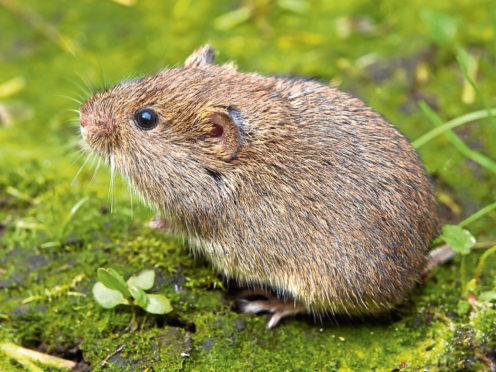Farmers have been urged to take steps to stop the potentially “catastrophic” damage voles can cause to young woodlands.
The plea comes following the publication of guidelines by the Scottish Government’s Farm Advisory Service (FAS), delivered by SRUC through its SAC Consulting division.
The guidelines provide advice on the various protection measures available to protect woodlands from voles.
These include tree shelters or guards, thorough spot weeding, mowing and encouraging predators such as owls and kestrels, which can eat up to four voles a day, into the woodland.
According to FAS, both bank voles and field voles attack young trees, mostly during the winter.
The voles gnaw the bark from the roots and lower stem, and while severe damage will girdle the tree and kill it, less severe damage can weaken the tree and allow fungal infections to enter the wood.
“It’s remarkable how destructive voles can be to broadleaved trees on grassy sites,” said SAC Consulting’s senior woodlands consultant, Simon Jacyna.
“Good maintenance is essential to minimise damage but, of course, this also helps the trees to grow strongly. It can be very rewarding though to see owls, and possibly even wildcats, hunting over the young woodlands and protecting the trees for you.”
As well as its advice on protecting trees from voles, the advisory service has also published a technical note on the value of pruning.
It advises farmers and crofters to prune trees to prevent the development of major structural defects and to ensure that the majority of trees in a crop have the potential to produce high-quality timber.
